Wedged into a 148 acre strip of land on the northeast border of Richmond above Shockoe Hill Cemetery is the Chestnut Hill – Plateau Historic District, a unique and often overlooked neighborhood in the city also known as Highland Park Southern Tip.
The first structure of note in the area was that of a sprawling, one story brick home named Mount Comfort made to serve Samuel DuVall’s farm in the late 18th Century. The land was divided into what became known as Chestnut Hill and Plateau. The former was sold to Peter Daniel, once the lieutenant governor of Virginia and later a justice on the U.S. Supreme Court. The Plateau area was owned by a Jewish baker, Adolph Dill, and later by A.F. Mosby, who had a nursery and orchard on the site. During the Civil War, a fortification known as Battery No. 7 stood in the center of the neighborhood, intending to protect against potential assaults to Richmond from the northeast. Both plots were bought by development companies a few years before Richmond’s streetcar made its debut in the area in 1893. The land was speculatively laid out with a street grid and a few model homes to showcase the district’s potential, yet most of the vacant lots weren’t filled until between WWI and WWII.
Spacing of the houses was slightly denser than a typical suburban development of the time, even though it was advertised as an escape from the clustered, chaotic city. As a result, the current neighborhood is a bikeable and walkable contained area with a strong communal identity. Churches and businesses are located on block corners and Brookland Park Boulevard, the northern boundary of the district, which remains the main street in the neighborhood for commerce today.
In 1942, residents of the neighborhood signed a petition to not sell homes to any black buyers. Despite the resistance, similar fears that drove white residents to the streetcar suburb initially caused an exodus to further reaching new developments, and the racial demographics of Chestnut Hill – Plateau changed by 70% in the next generation. Many businesses and religious services followed suit, and a rise of crime, declining population and deteriorating housing hit the area in the 1980s.
The undeniable aesthetic identity associated with the neighborhood is that of the Queen Anne style, which features vibrantly colored wooden homes with ornately bracketed wraparound porches, bay windows and picturesque roofs, often containing a tower. The area also boasts other Arts and Crafts era homes such as Tudor Revival, American Foursquare (a simpler, often stuccoed two story house with two bays and a front porch, gabled roofs and an irregular yet functional plan) and its more modest counterpart, the one story Bungalow.
Buildings from several notable Richmond architects can be found in Chestnut Hill – Plateau, including Charles M. Robinson’s gothic revival Fifth Street Baptist Church, a thick massing of stone at Third Avenue and Victor Street. The colonial revival G.L. Beardsley House at 2300 Second Avenue from Carneal and Johnston also stands out as a stylistic contrast from most homes in the area, with its inset porch and hipped roof.
Due to its rich architectural heritage and interesting history, the district was placed on the National Register of Historic Places in 2002. Today, Chestnut Hill – Plateau exhibits signs of reinvestment and restoration, aided by organizations such as the Highland Park Restoration and Preservation Program. With any luck, time will see this charming and important historic neighborhood once again become a gem and point of pride for the city.
M.F.A.


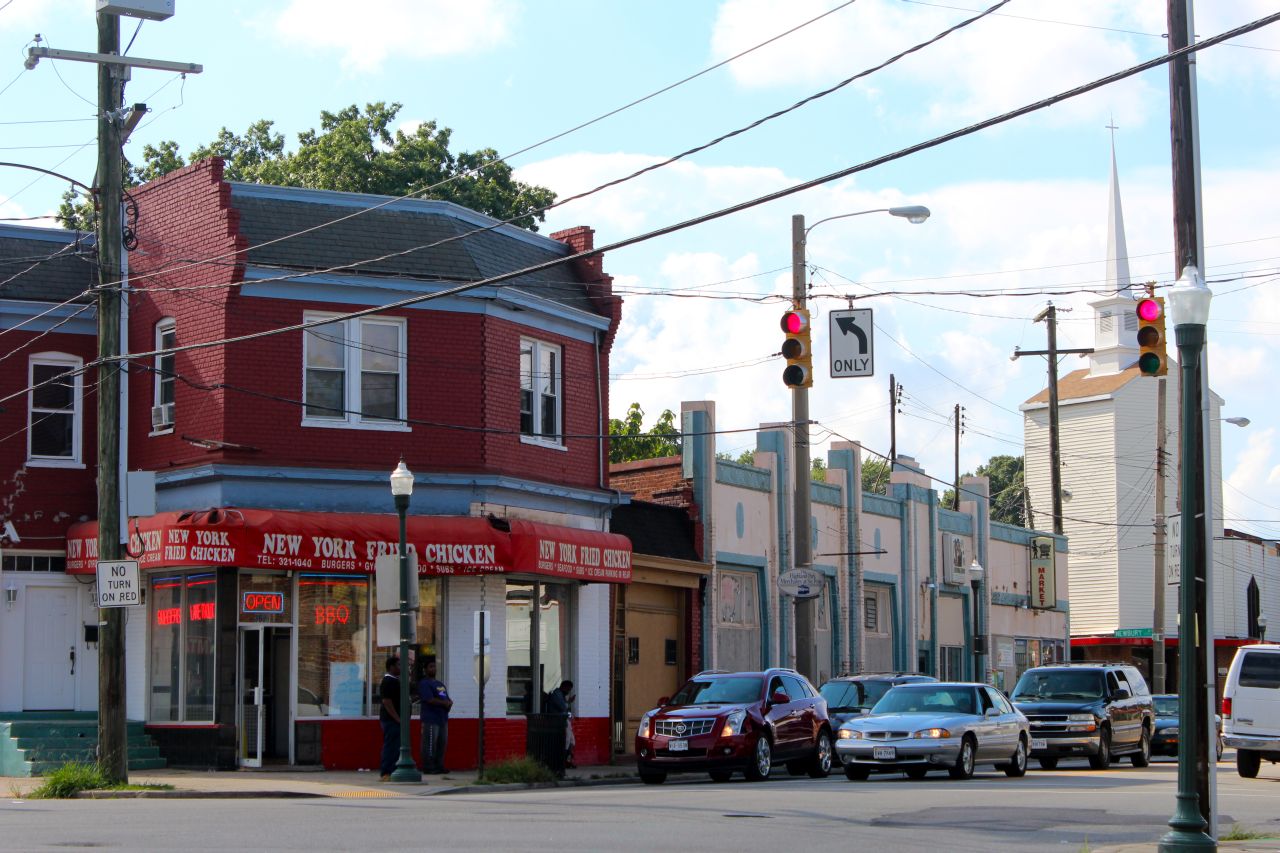
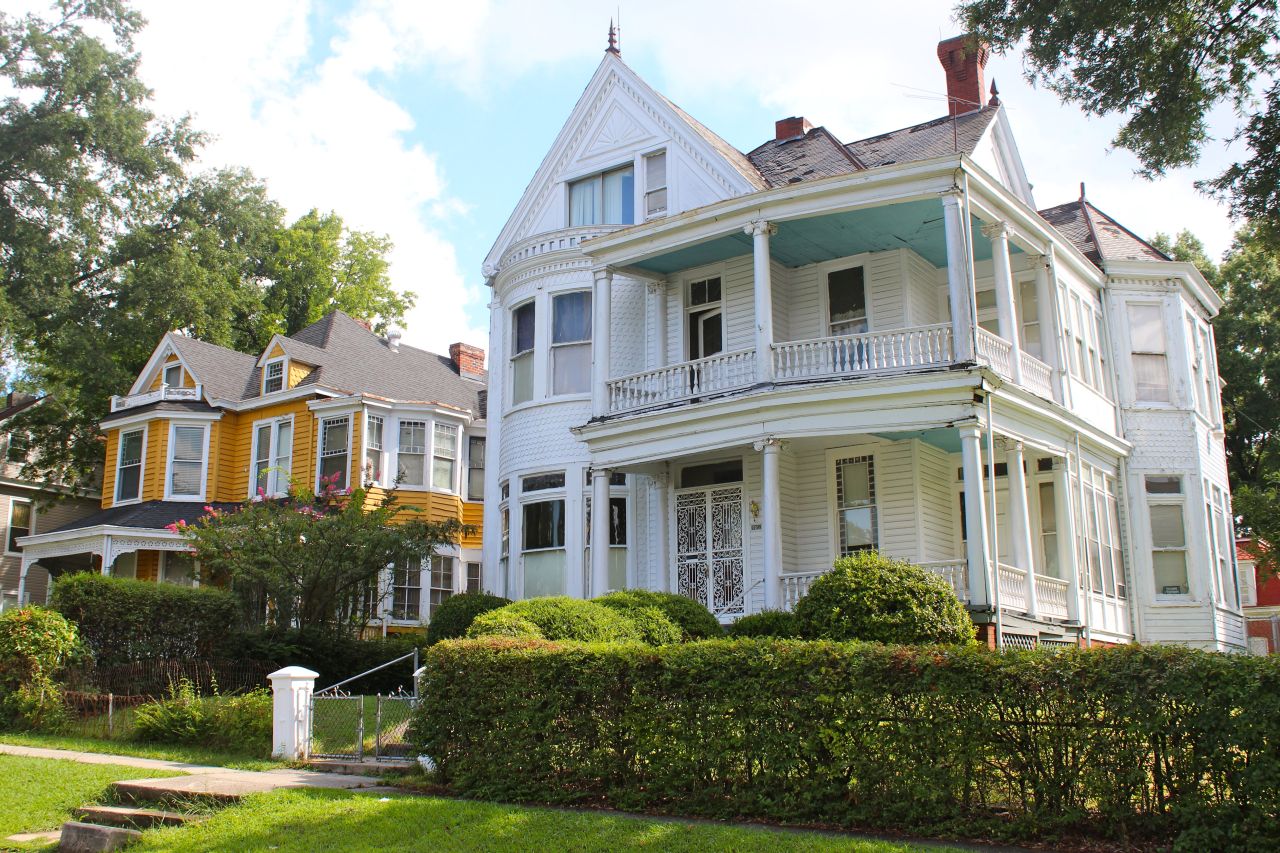
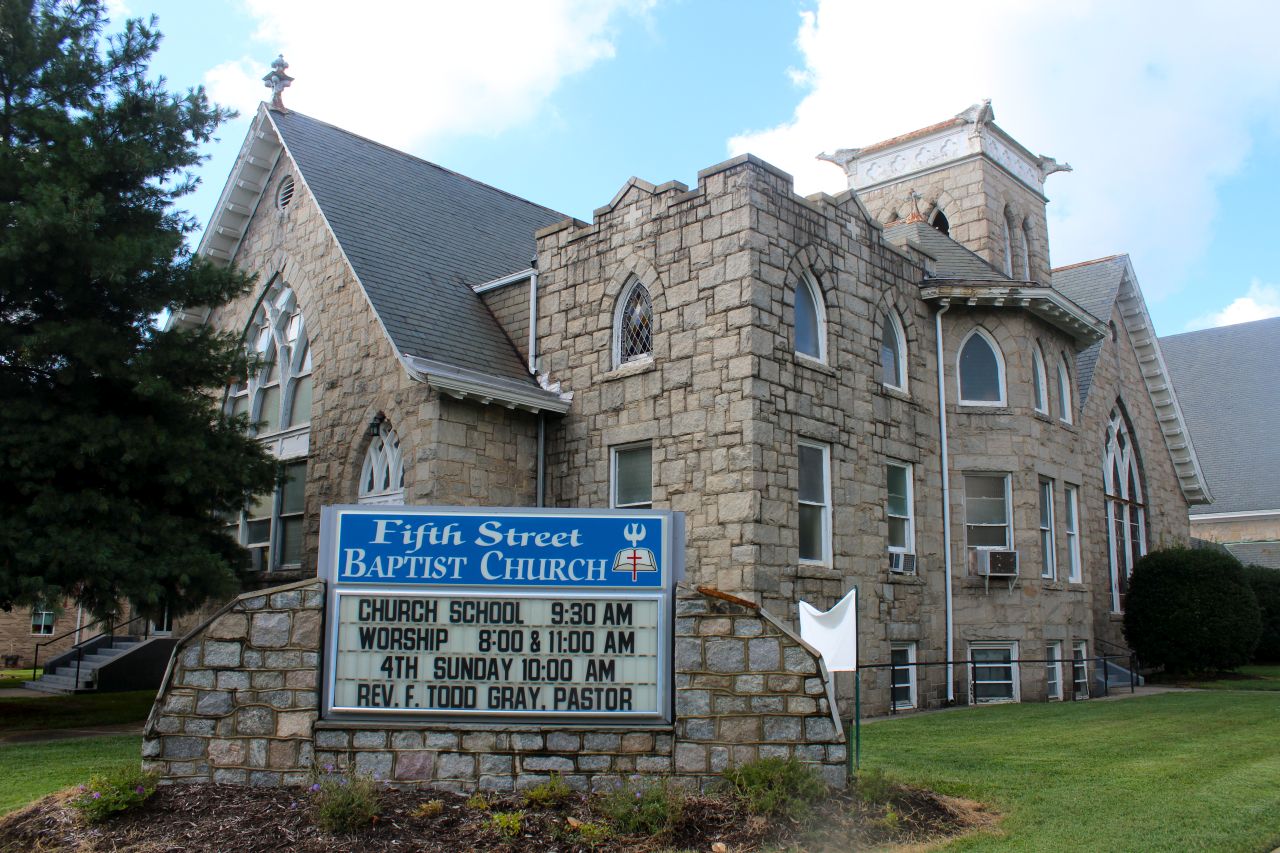

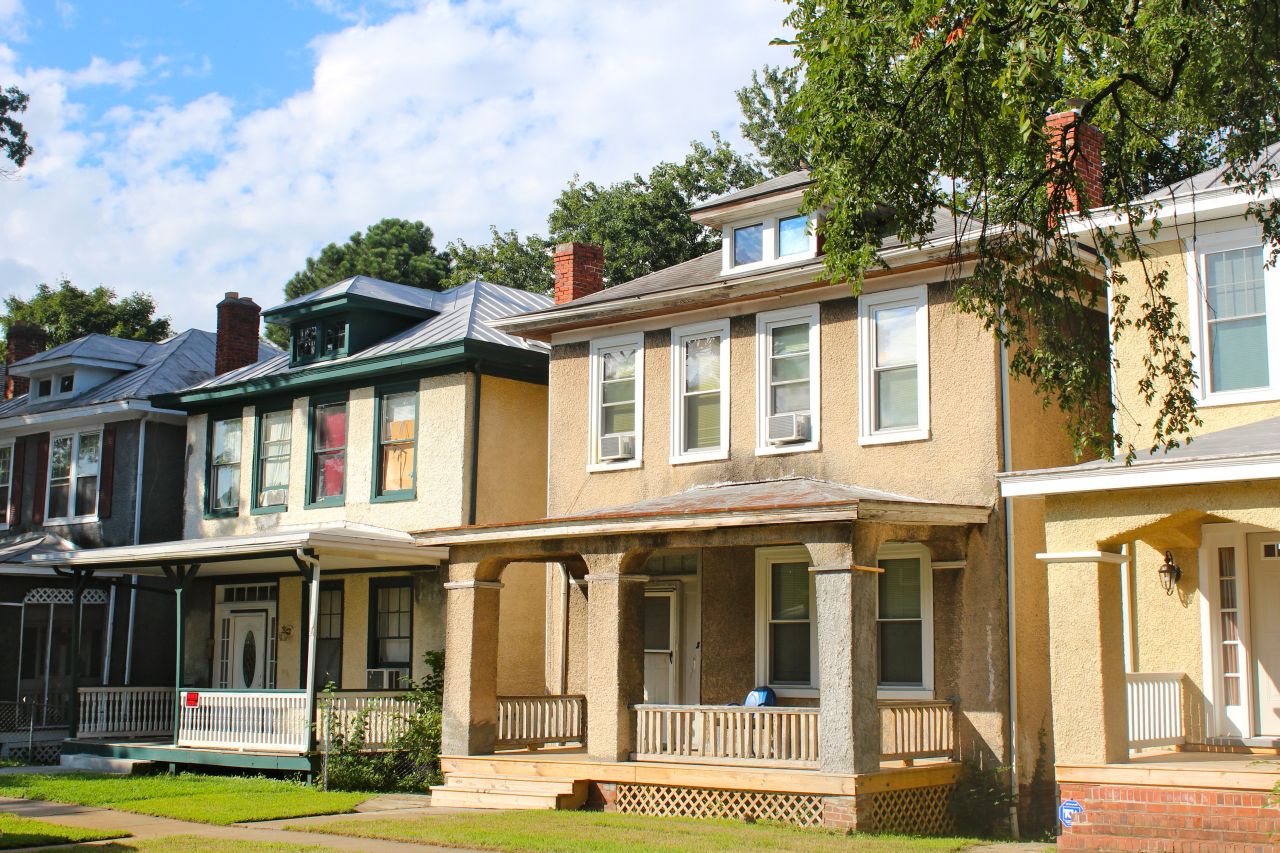
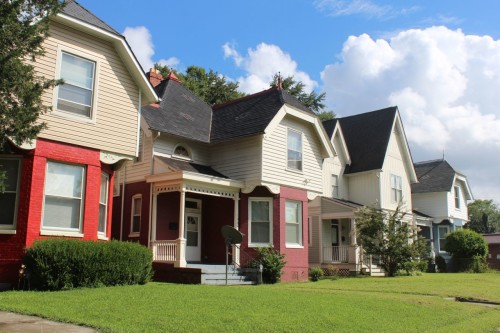



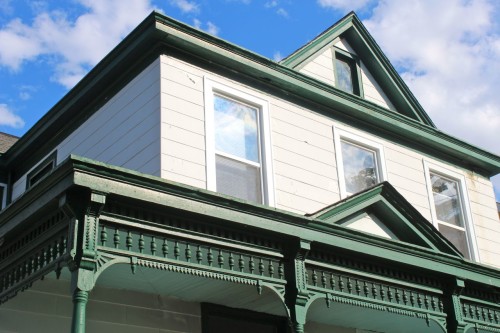
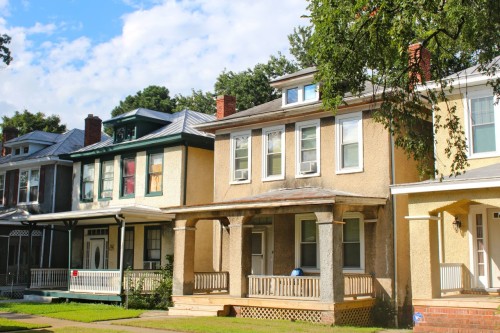
1 Comment
[…] ArchitectureRichmond profiles the Chestnut Hill – Plateau Historic District: […]
Write a Comment